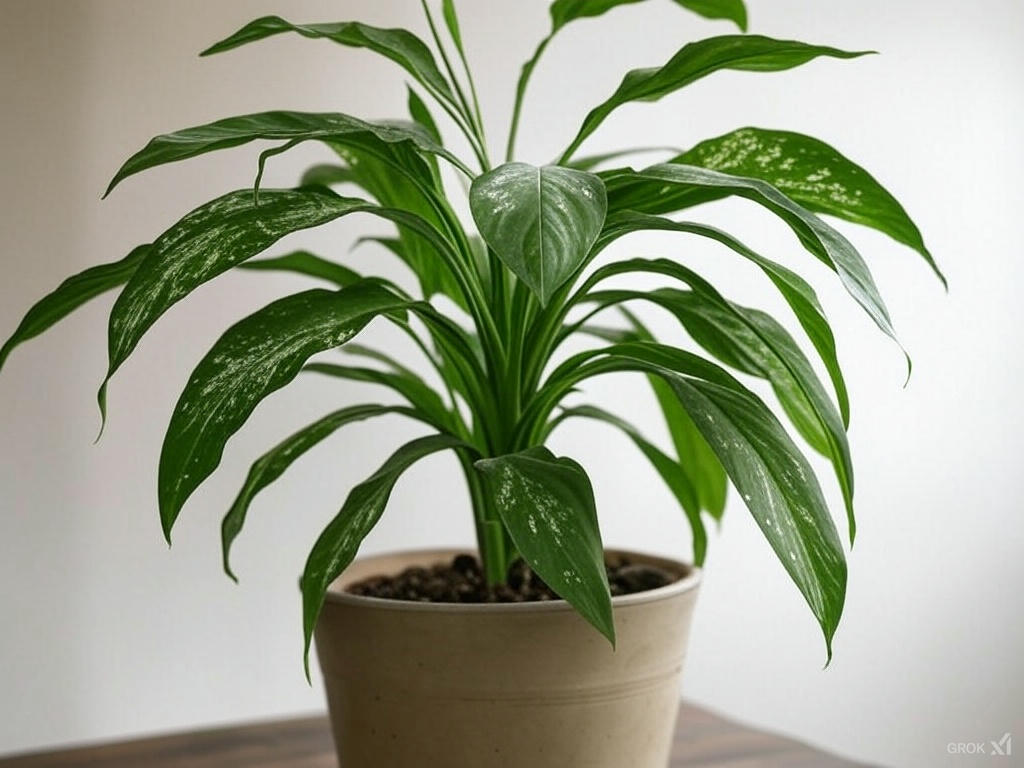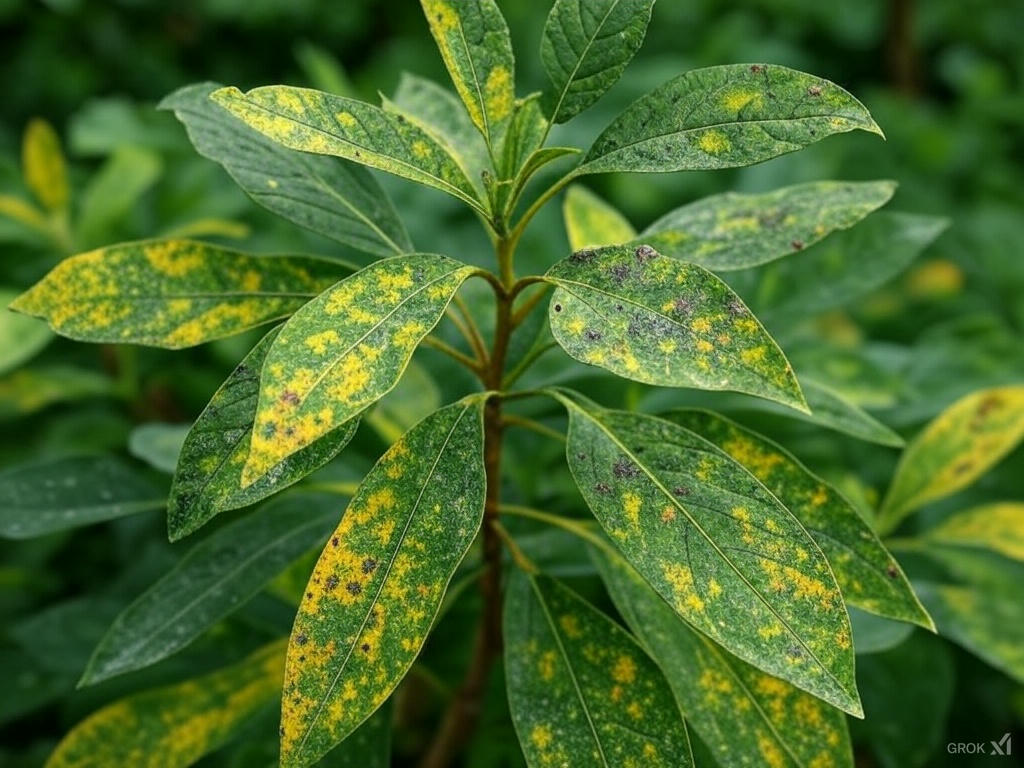

Plants can be vulnerable to a variety of diseases, but with a little knowledge, you can spot symptoms early and take action before they cause serious harm. Here’s how to identify and treat some of the most common plant diseases.
Common Plant Diseases and Their Symptoms
- Leaf Spots
Leaf spots are a common sign of fungal or bacterial infections. These appear as round or irregular patches on leaves, often yellow, brown, or black in color. The spots might have a yellow halo or appear as water-soaked lesions, especially in the early stages. - Mold (Powdery or Downy Mildew)
Mold often appears as a white, powdery substance on leaves, stems, or buds. Powdery mildew thrives in dry air with poor circulation, while downy mildew causes yellowing of the leaves with fuzzy white or purple mold on the underside. - Blight
Blight is a serious plant disease that often starts with yellowing and wilting leaves, followed by blackened, necrotic areas. Infected plants may exhibit rapid decay, especially in wet and humid conditions. Common blights include early and late blight on tomatoes and fire blight on fruit trees.
How to Treat Plant Diseases
- For Leaf Spots
If your plant has leaf spots, remove and dispose of the affected leaves. Never compost them, as this can spread the disease. Use a fungicide or bactericide, depending on whether the infection is fungal or bacterial. Always follow the instructions on the product for safe and effective use. In some cases, pruning back infected stems can help stop the spread. - For Mold (Powdery and Downy Mildew)
For powdery mildew, spray your plant with a fungicide that specifically targets mildew, or try a homemade solution of baking soda and water. Be sure to improve air circulation around the plant by thinning out crowded leaves and ensuring the plant is not too moist. For downy mildew, remove the infected leaves and treat with a fungicide recommended for mildew. It’s also important to avoid overhead watering to keep the leaves dry. - For Blight
Blight can be more difficult to treat, especially once it has progressed. If you notice early signs, remove any infected leaves immediately and dispose of them. For blight on tomatoes, use a copper-based fungicide or a specific blight treatment. Make sure to rotate crops each year to avoid blight buildup in the soil. For fire blight on fruit trees, prune infected branches during the dry season, and disinfect your tools between cuts to prevent spreading the disease.
Preventive Measures
- Proper Watering: Always water at the base of the plant to avoid wetting the leaves. Wet foliage creates an environment for fungal infections. Use drip irrigation if possible to direct water to the roots.
- Maintain Plant Spacing: Crowded plants are more likely to develop diseases because they lack good airflow. Make sure plants have enough space to grow and allow for proper air circulation.
- Remove Debris: Fallen leaves and plant matter can harbor diseases, so be sure to clean up around your plants regularly, especially in the fall.
- Use Resistant Varieties: Some plants are bred to resist common diseases like mildew or blight. When buying plants, look for disease-resistant varieties to minimize the risk of infection.
When to Consult a Professional
While most plant diseases can be managed with the right care, some can be tricky to treat or might require stronger interventions. If you’ve tried treating the disease and the plant isn’t improving, or if it’s spreading rapidly, it’s time to consult a professional. A local nursery, extension office, or plant pathologist can help identify the disease and recommend the best course of action.
Final Tip
Early detection is key! Keep an eye on your plants, and if you notice any changes in their appearance, take action right away. With the right treatment and preventive care, you can keep your plants healthy and disease-free.

Leave a Reply